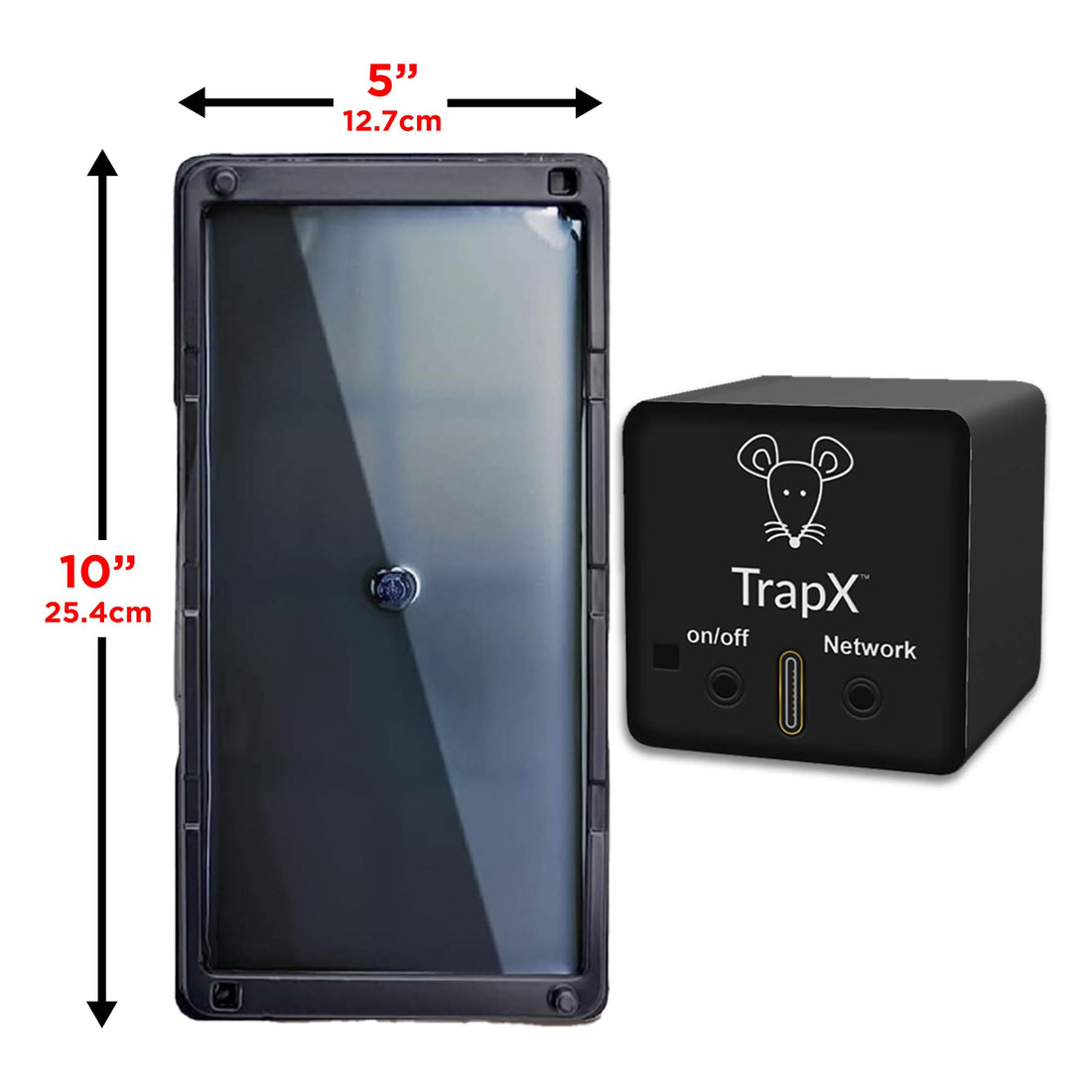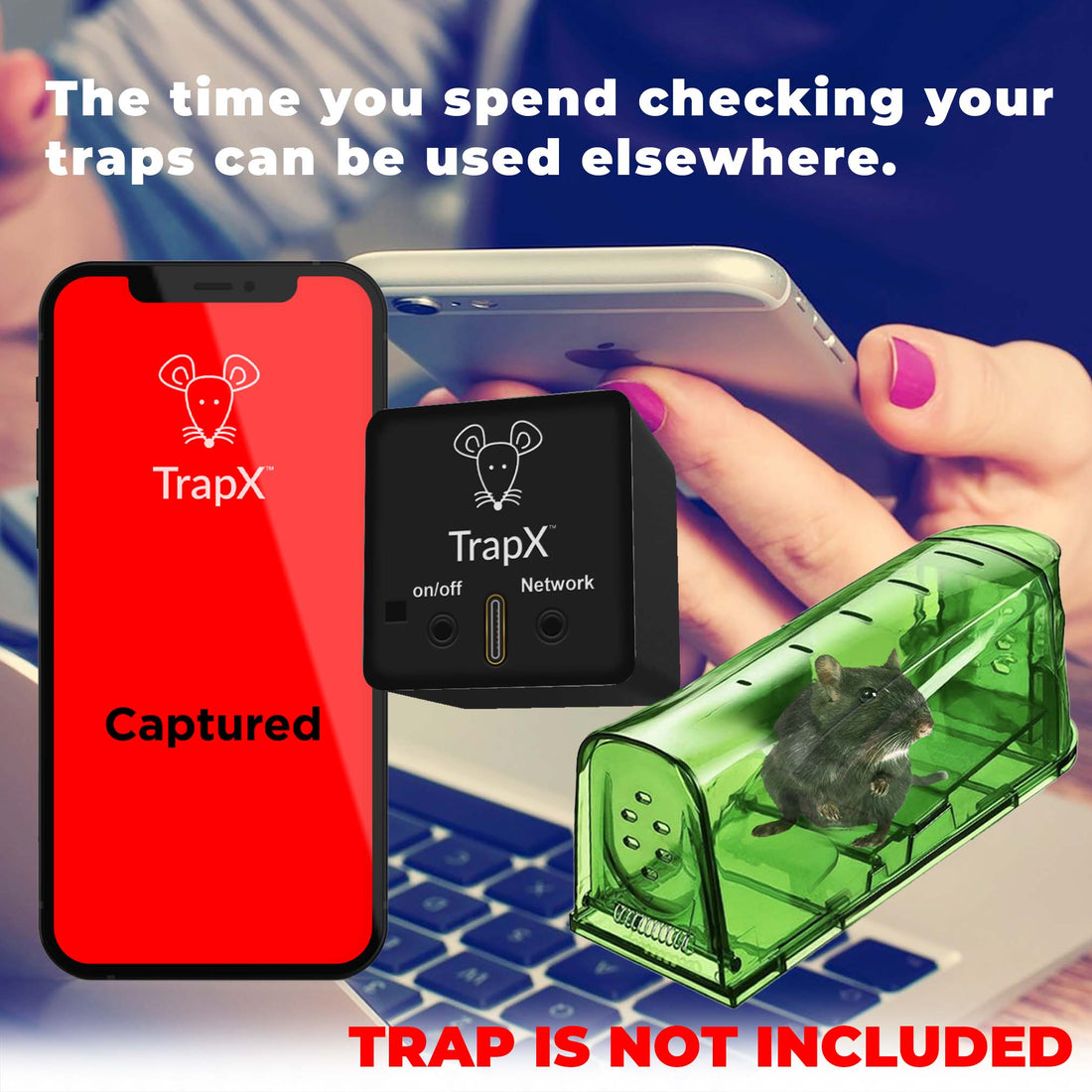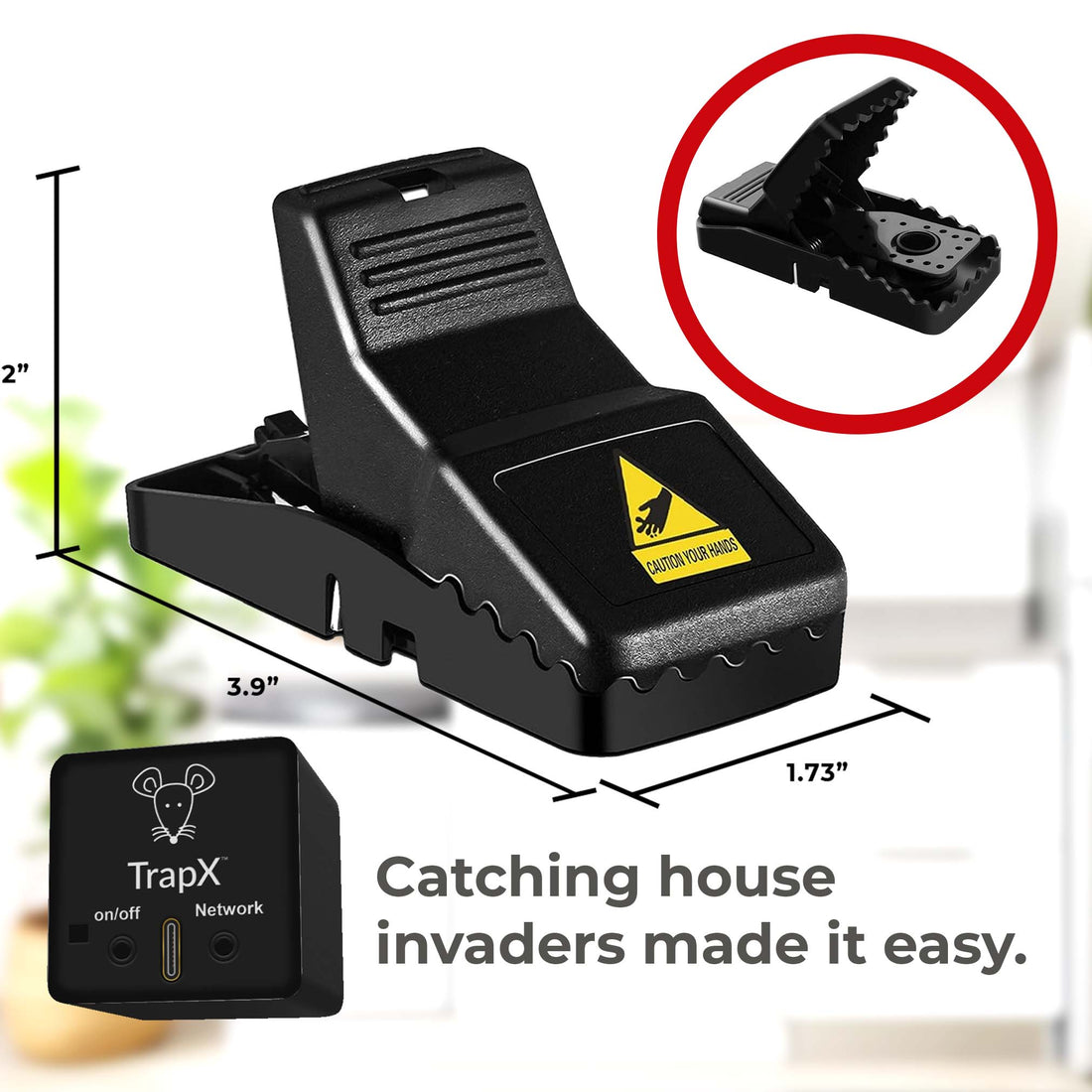Innovative Pest Management: A Comprehensive Guide
Share
Introduction
Pest management has come a long way since the days of rudimentary traps and hazardous chemicals. Today, we find ourselves amidst an era of innovative pest management, where technology and sustainable practices converge to create effective, humane, and environmentally-friendly solutions to pest problems. In this comprehensive article, we will delve into the various aspects of innovative pest management, providing valuable insights and practical advice for everyone, whether you're a homeowner, a business owner, or simply someone interested in the latest advancements in pest control.

Understanding the Need for Innovative Pest Management
Pests have been a persistent problem for humans for centuries. From the tiny ants invading your kitchen to the more significant issue of rodent infestations, pests can cause considerable damage, spread diseases, and create an uncomfortable living environment. Traditional pest control methods, while effective to some extent, often come with drawbacks such as toxicity, environmental harm, and non-selective eradication of beneficial insects.
Innovative pest management aims to address these issues by introducing smarter, safer, and more sustainable techniques. By leveraging technology, new materials, and a deeper understanding of pest behavior, these methods offer a holistic approach to pest control that benefits both humans and the ecosystem.

Key Components of Innovative Pest Management
1. Integrated Pest Management (IPM)
Integrated Pest Management (IPM) is a cornerstone of modern pest control strategies. It involves a multi-pronged approach to pest management that includes prevention, monitoring, and control. The primary goal of IPM is to minimize the use of chemicals and focus on long-term solutions.
IPM strategies include:
- Prevention: This involves sealing entry points, maintaining cleanliness, and using natural repellents to keep pests at bay.
- Monitoring: Regular inspections and monitoring help identify pest activity early, allowing for timely intervention.
- Control: When necessary, IPM employs targeted, low-toxicity treatments such as pheromone traps, biological controls, and mechanical methods.
Learn more about home pest control and how IPM can be implemented effectively.
2. Biological Pest Control
Biological pest control involves using natural predators, parasites, or pathogens to manage pest populations. This method is particularly effective in agricultural settings and can be adapted for use in residential areas as well.
Some examples of biological control agents include:
- Predatory insects: Ladybugs and lacewings feed on aphids and other garden pests.
- Parasitic wasps: These tiny wasps lay their eggs inside pest insects, eventually killing them.
- Microbial agents: Beneficial bacteria and fungi can target specific pests without harming other organisms.
For more information on humane pest control methods, check out our article on humane pest control.
3. Technological Innovations
The advent of technology has revolutionized pest management in numerous ways. Here are some of the cutting-edge technologies making a difference:
- Smart Traps: These devices use sensors and connectivity to detect and capture pests. Some even send real-time alerts to your smartphone.
- Ultrasonic Devices: These gadgets emit high-frequency sounds that deter pests without harming them or humans.
- Remote Monitoring: Internet of Things (IoT) devices can monitor pest activity remotely, providing valuable data for timely action.
Explore more about innovative traps and humane approaches in our article on rodent infestations.

Case Studies: Success Stories in Innovative Pest Management
To illustrate the effectiveness of innovative pest management, let's look at a few real-world examples:
1. Urban Rodent Control in New York City
New York City has long battled with rodent infestations. Traditional methods often fell short due to the city's size and complexity. Recently, the city adopted a more innovative approach, utilizing smart traps and data analytics to target problem areas more effectively. The results have been promising, with significant reductions in rodent sightings and infestations.
2. Sustainable Farming Practices in California
In California, many farmers have embraced biological pest control as part of their sustainable farming practices. By releasing beneficial insects and using microbial agents, they've managed to keep pest populations in check without relying on harmful chemicals. This not only protects the environment but also enhances crop yields and quality.
3. Residential Pest Management in Florida
Homeowners in Florida have faced challenges with pests like termites and cockroaches. Integrated Pest Management (IPM) has proven to be an effective solution, combining preventive measures, regular monitoring, and targeted treatments. Many residents have reported a noticeable decline in pest issues and a healthier living environment.
Implementing Innovative Pest Management at Home
Now that we've explored the various components and success stories of innovative pest management, you might be wondering how to implement these strategies in your own home. Here are some practical tips:
1. Identify and Seal Entry Points
Pests often enter homes through small cracks and openings. Conduct a thorough inspection of your home and seal any potential entry points. This includes gaps around windows, doors, pipes, and vents.
2. Maintain Cleanliness
A clean home is less attractive to pests. Regularly clean your kitchen, dispose of garbage promptly, and store food in sealed containers. Keep your yard tidy by removing debris and trimming vegetation.
3. Use Natural Repellents
Many natural repellents can deter pests effectively. For example, peppermint oil can repel ants and spiders, while neem oil can keep garden pests at bay. Explore more tips on home pest control.
4. Monitor for Pest Activity
Regularly inspect your home and yard for signs of pest activity. Early detection allows for timely intervention and prevents infestations from becoming severe.
5. Consider Professional Help
If you're facing a persistent pest problem, consider consulting a professional pest control service. They can provide expert advice and implement advanced techniques to address the issue effectively.
Conclusion
Innovative pest management represents a significant leap forward in how we handle pest problems. By embracing integrated pest management, biological controls, and technological innovations, we can achieve more effective, humane, and sustainable solutions. Whether you're a homeowner, a farmer, or simply someone interested in the latest advancements, the principles and practices of innovative pest management offer valuable insights and practical benefits.
For more information and resources on this topic, be sure to check out our other articles on home pest control, humane pest control, and rodent infestations.
May17.chat.5pass.general public.innovative pest managementAs an Amazon Associate, I earn from qualifying purchases.
